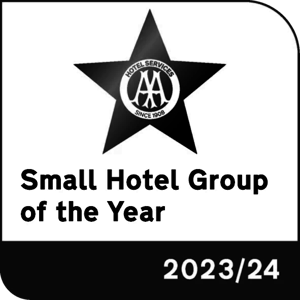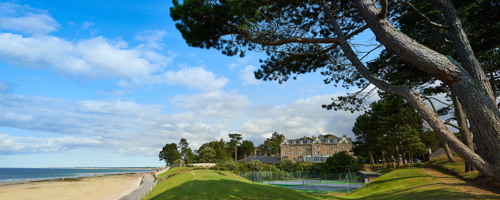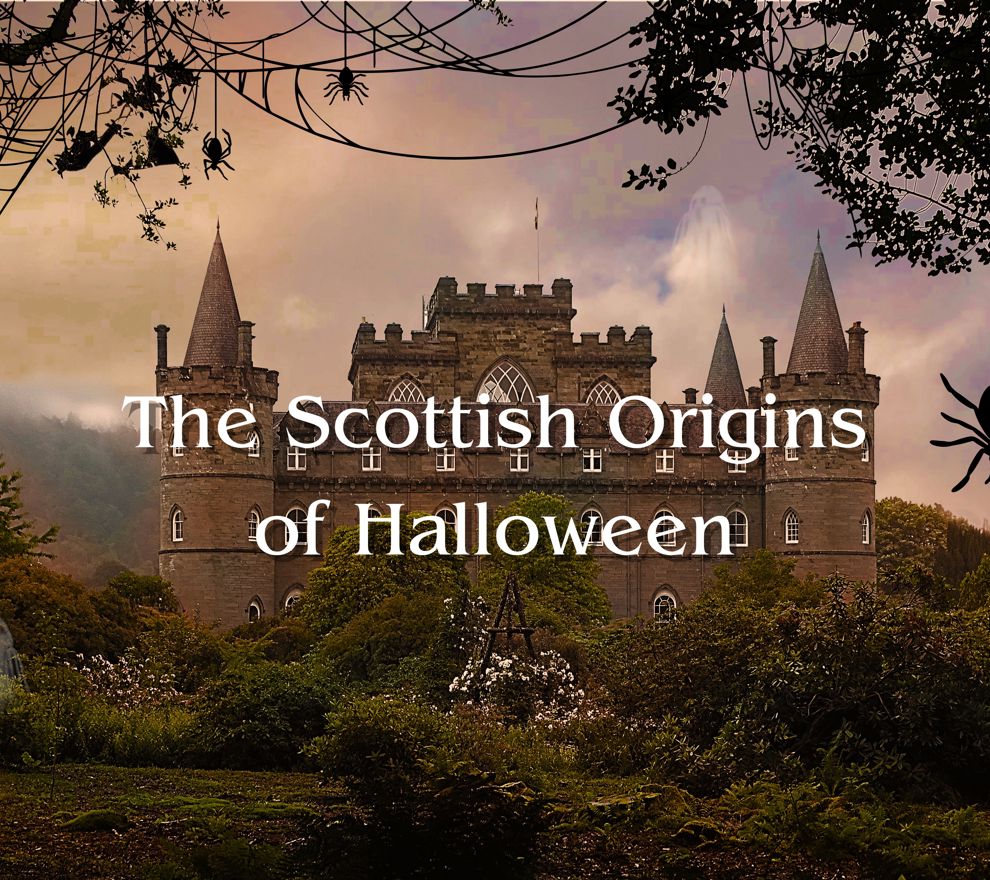
Exploring the Celtic Roots and Local Traditions
Long before pumpkin jack-o-lanterns and candy corn, Halloween in Scotland was a deeply spiritual, communal, and often mysterious celebration. Its roots lie in ancient Celtic traditions, particularly the festival of Samhain. This festival marked the end of the harvest, the growing longer nights, and the thinning of the veil between the living and dead. Over centuries, these customs intertwined with Christian observances, local folklore, and the practicalities of rural life, leaving a legacy that still shapes how we celebrate Halloween today.
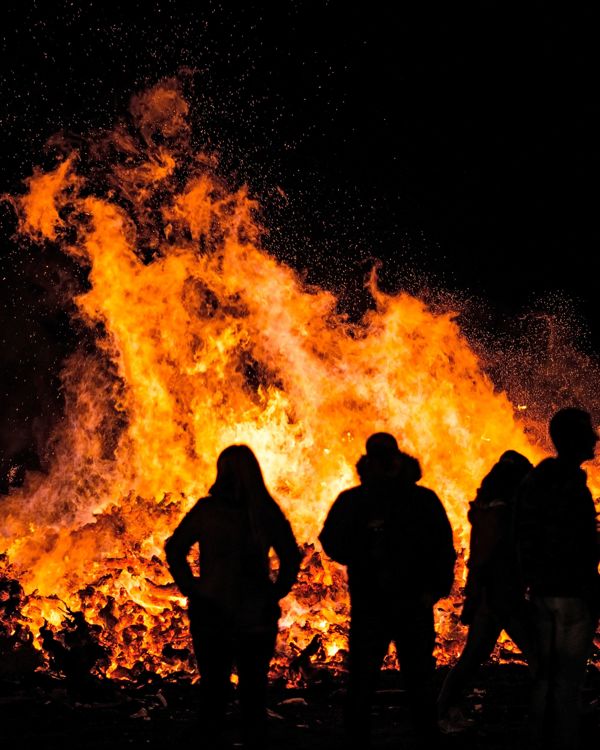
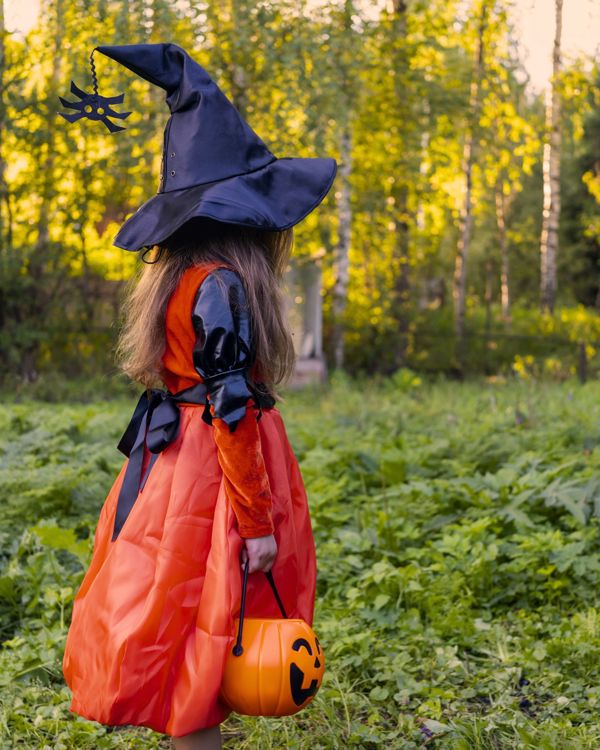
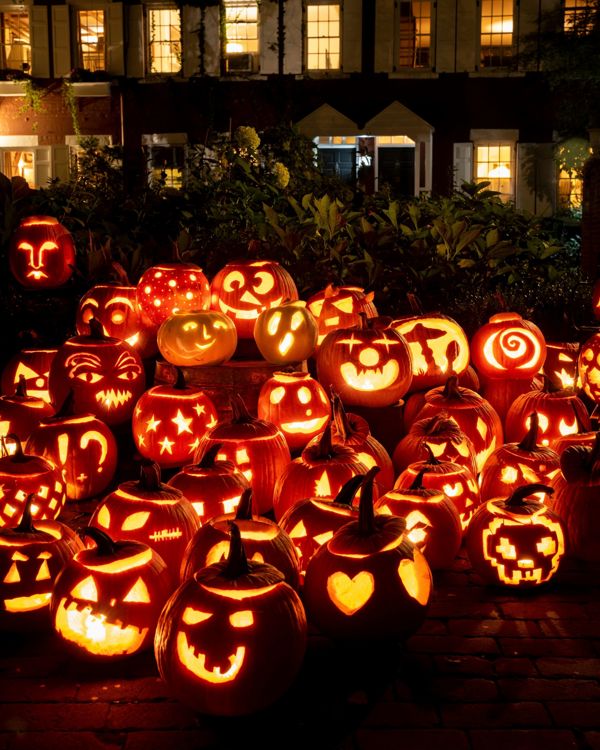
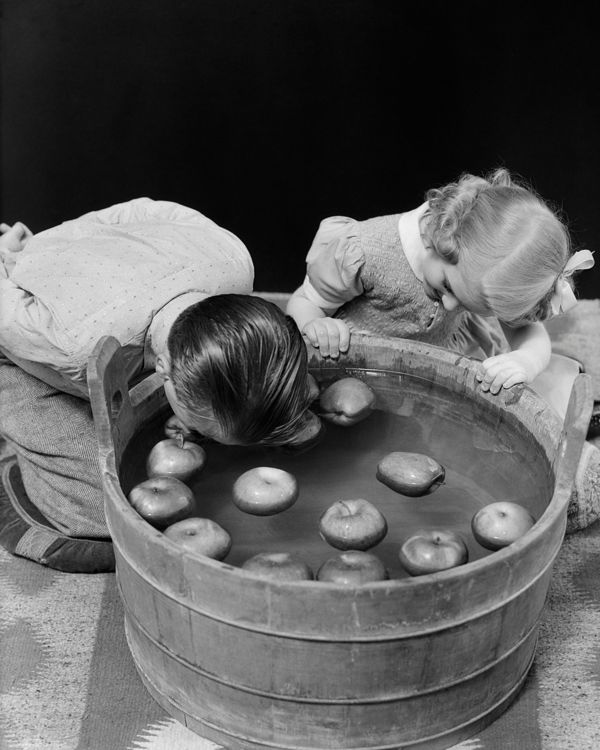
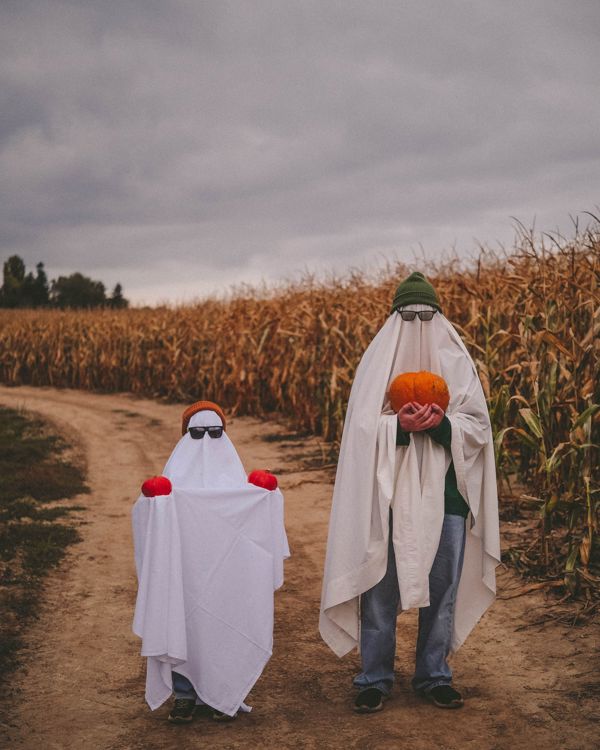
The Origins of Halloween in Scotland
The story of Halloween in Scotland dates back over two thousand years ago to the Celts. The Celtic people widely celebrated Samhain (pronounced “sow-in”) across Ireland, Scotland, and the Isle of Man, marking the end of harvest and the beginning of winter. This was considered a sacred time when the veil between the living and the dead was believed to thin. Spirits were thought to roam the earth, so villagers lit bonfires to honour ancestors and protect against malevolent beings. Communities gathered to feast, share the harvest, and recognise life’s fragility as winter approached (3,9).
With the spread of Christianity, what was considered as ‘pagan rites’ were blended with church observances. All Saints’ Day on November 1st honoured holy figures, and the night before — All Hallows’ Eve — evolved into Halloween. Yet, in rural Scotland, particularly the Highlands and islands, Celtic customs endured through oral tradition due to their remote locations and isolation. (1,9)
Traditional Scottish Halloween Customs
Ancient celebrations inspired many modern Halloween traditions: guising, bonfires, divination games, and reverence for spirits. Scotland’s misty landscapes, folklore, and storytelling heritage kept Halloween alive as a night of community, mystery, and imagination. The blending of ancient Celtic belief and Christian adaptation continues to shape how Halloween is celebrated today.
See the thoughts on Halloween from the National Poet of Scotland, Robert Burns, here (2).
Bonfires and “Guising”
Bonfires have long been central to Scottish celebrations. Their origins lie in ancient rituals designed to ward off evil spirits as well as to honour the dead. Villagers would gather on hillsides to light these fires, believing the flames and smoke offered protection from wandering souls and malevolent forces that might pass between the thinning veils. The communal bonfire also symbolised light triumphing over the darkness of approaching winter. In Queen Victoria’s time, a huge bonfire was lit opposite Balmoral Castle where an effigy of a witch called ‘Shandy Dann’ was burnt on the fire. Bonfires in Scotland are now more closely related to Guy Fawkes Night, a few days after Halloween commemorating the failed execution of the Gunpowder Plot of 1605. (1,9)
Another enduring custom was “guising”- from the word “disguising.” Children and sometimes adults dressed in costumes to either trick or confuse spirits roaming the earth. By the late 19th century, guising evolved into a form of festive entertainment: children visited neighbours, performed songs or jokes, and received treats. Now, this is often referred to as trick-or-treating. (1,5,8)
Apple Bobbing and Other Divination Games
Scottish Halloween also featured playful divination games, particularly for predicting love and marriage. One popular game,’Dookin’ for Apples, more commonly referred to now as bobbing for apples, involved trying to bite floating apples, symbolising good fortune in romance. Others peeled apples in one long strip and threw them over their shoulders—the peel’s shape was said to reveal a future lover’s initials. Other rituals involving young people tossed nuts into the fire or gazing into a looking glass by candlelight, were thought to reveal a future spouse’s reflection. (1,5)
Lanterns and Jack-o’-lanterns
In Scotland, people traditionally carved “neeps” (turnips) into grotesque faces to scare away spirits and light the path for the living. These eerie lanterns were placed in windows or carried during processions. When Scottish and Irish immigrants settled in America, they adapted this practice using pumpkins, which were larger and easier to carve. Thus, the humble Scottish turnip lantern became the bright orange jack-o’-lantern—a glowing emblem of Halloween around the world. (1,5)
Scottish Foods and Feasts
Traditional Scottish Halloween celebrations featured simple yet symbolic foods.
Bannocks, oat or barley cakes baked on a griddle, were often eaten during Samhain to honour the harvest. Special “dumb cakes” were also made silently for love divination rituals.
Treacle scones, rich with dark syrup, became a festive favourite in later centuries; during games, participants had to eat them hanging from strings with their hands tied behind their backs, adding laughter to the evening.
“Dookin’ for apples,” or apple bobbing, celebrated seasonal abundance and tested luck, while toffee apples, coated in hardened caramel, became a sweet symbol of the autumn harvest.
Today, Scotland’s Halloween foods blend old and new traditions. While sweets and chocolate now dominate, many families still bake Bannocks, scones, and toffee apples, keeping ties to the harvest roots of Samhain. These modern treats preserve the spirit of community, fortune-telling, and festivity that have defined Scottish Halloween for centuries. (1,5)
The Evolution into Modern Halloween
Scottish immigrants played a crucial role in shaping Halloween as it spread to America. They brought with them traditions such as guising, bonfires, divination games, and the carving of turnip lanterns, which later evolved into pumpkin jack-o’-lanterns. Over time, these customs blended with other cultural influences, giving rise to modern trick-or-treating and festive Halloween parties. What began as sacred Celtic rituals marking the changing seasons became a popular celebration of creativity, community, and fun.
In recent years, there has been a revival of authentic Scottish Halloween customs. Across Scotland, festivals and heritage events now highlight the ancient origins of the holiday, honouring Samhain through storytelling, traditional games, and candlelit gatherings. This renewed appreciation bridges past and present — preserving the mystical spirit of Scotland’s Halloween while embracing the joy and imagination that continue to define it worldwide. (4,6)
Scotland’s rich heritage shaped many Halloween traditions we know today — from Samhain bonfires and guising to divination games and carved lanterns. These customs reflect themes of community, harvest, and the spirit world, giving depth to modern celebrations. Understanding their origins connects us to centuries of folklore and helps us see Halloween as more than just costumes and sweets. This year, honour Scotland’s legacy by exploring local history or reviving old customs — carve a turnip lantern, bake Bannocks, or tell a ghost story by the fire — and keep the ancient spirit of Halloween alive.
Mini glossary of Scottish Halloween terms
-
All Hallows’ Eve – The evening before All Saints’ Day (October 31st), which evolved into Halloween.
-
All Saints’ Day – A Christian feast on November 1st honouring all saints and martyrs.
-
Bannocks – Traditional Scottish flat cakes or breads, typically made from oats or barley, often cooked on a griddle.
-
Dookin’ for apples – A Halloween game in Scotland where participants try to catch floating apples in water with their mouths, often linked to love and fortune-telling.
-
Guising – The Scottish tradition of dressing in costumes, performing songs or jokes, and receiving treats, an early form of trick-or-treating.
-
Neeps – Turnips or swedes, often carved into lanterns to ward off evil spirits during Halloween.
-
Samhain – An ancient Celtic festival marking the end of the harvest and the start of winter, when the boundary between the living and spirit worlds was believed to be thin.
-
Treacle – A thick, dark syrup derived from sugar refining, used in Scottish baking, such as treacle scones or puddings.
Looking for more inspiration?
Halloween FAQ's
Halloween originated from the ancient Celtic festival of Samhain, marking the end of the harvest and a time when the veil between the living and dead was believed to be thin.
Scottish families carved “neeps” (turnips) into grotesque faces to scare away spirits and guide the living. When Scottish and Irish immigrants moved to America, they switched to pumpkins, which were larger and easier to carve. This gave rise to the modern jack-o’-lantern.
Guising is the traditional Scottish practice where children (and sometimes adults) dressed in costumes to perform songs, jokes, or small tricks for neighbours in exchange for treats. Trick-or-treating evolved from guising but is generally simpler: children go door-to-door in costumes asking for candy without performing a song or joke.
Essentially, guising emphasizes performance and interaction, while modern trick-or-treating focuses mainly on collecting sweets.
Bannocks, treacle scones, and toffee apples were eaten to celebrate the harvest and participate in festive games.
Bonfires were lit to protect communities from wandering spirits and symbolize light triumphing over the darkness of winter.
-
https://poets.org/poem/halloween (Robert Burns - Halloween, poem)
-
https://www.nts.org.uk/stories/6-scottish-halloween-traditions
- https://en.wikipedia.org/wiki/Guy_Fawkes_Night
Awards

